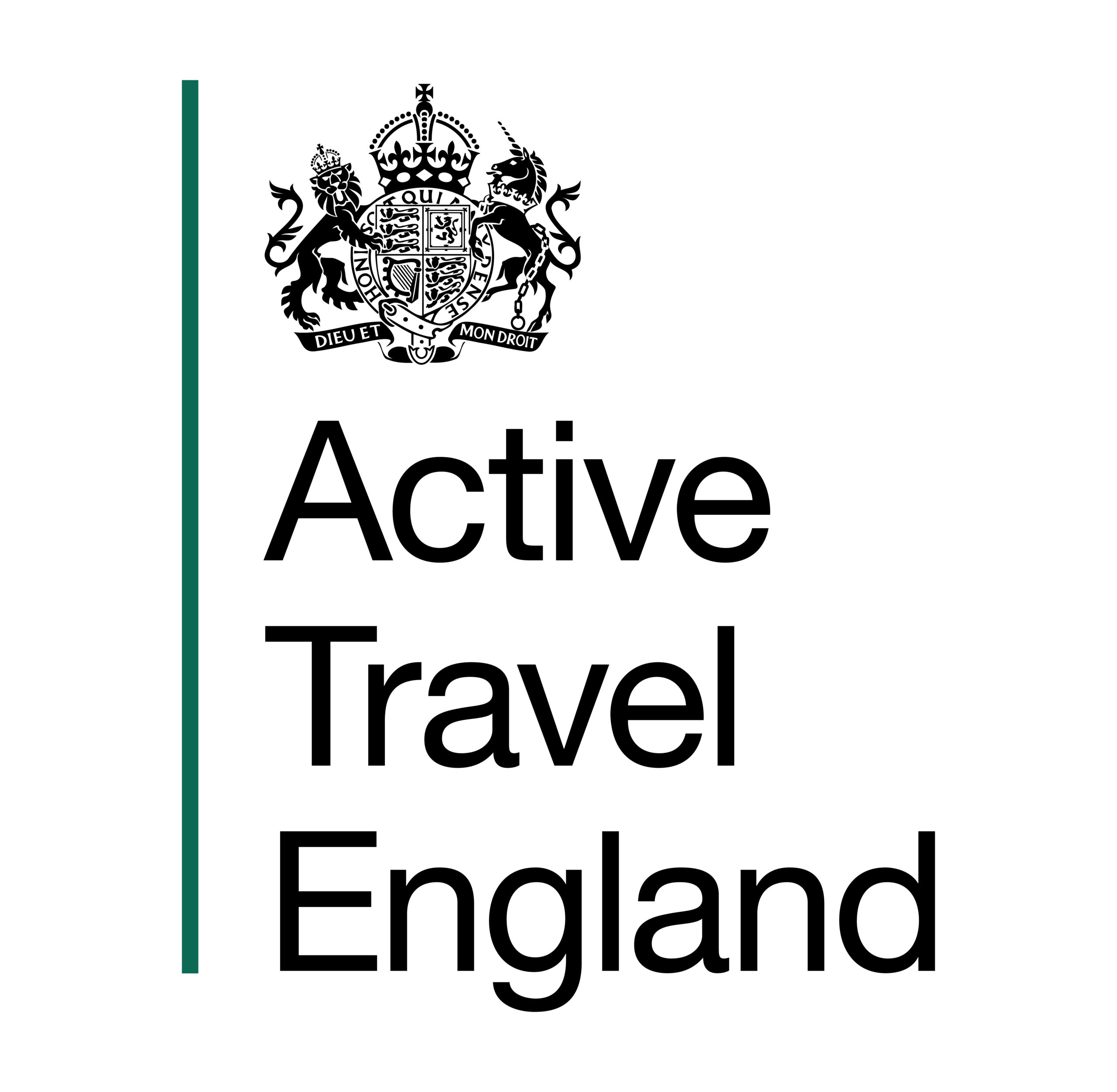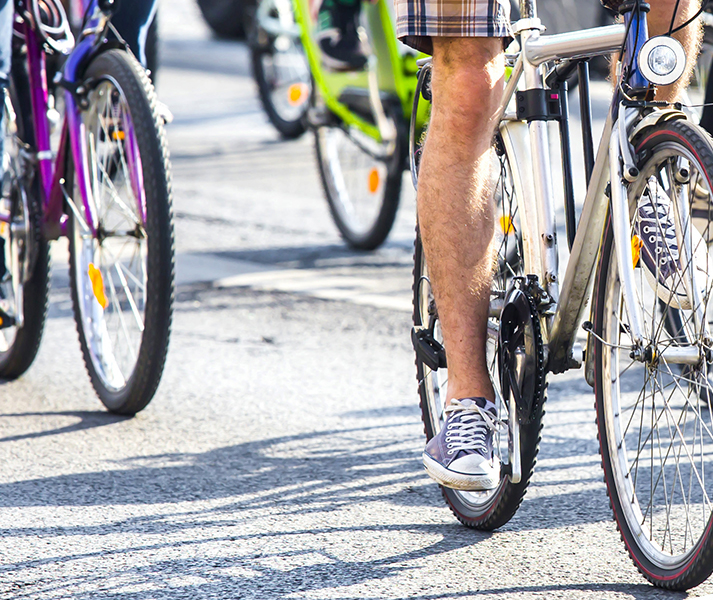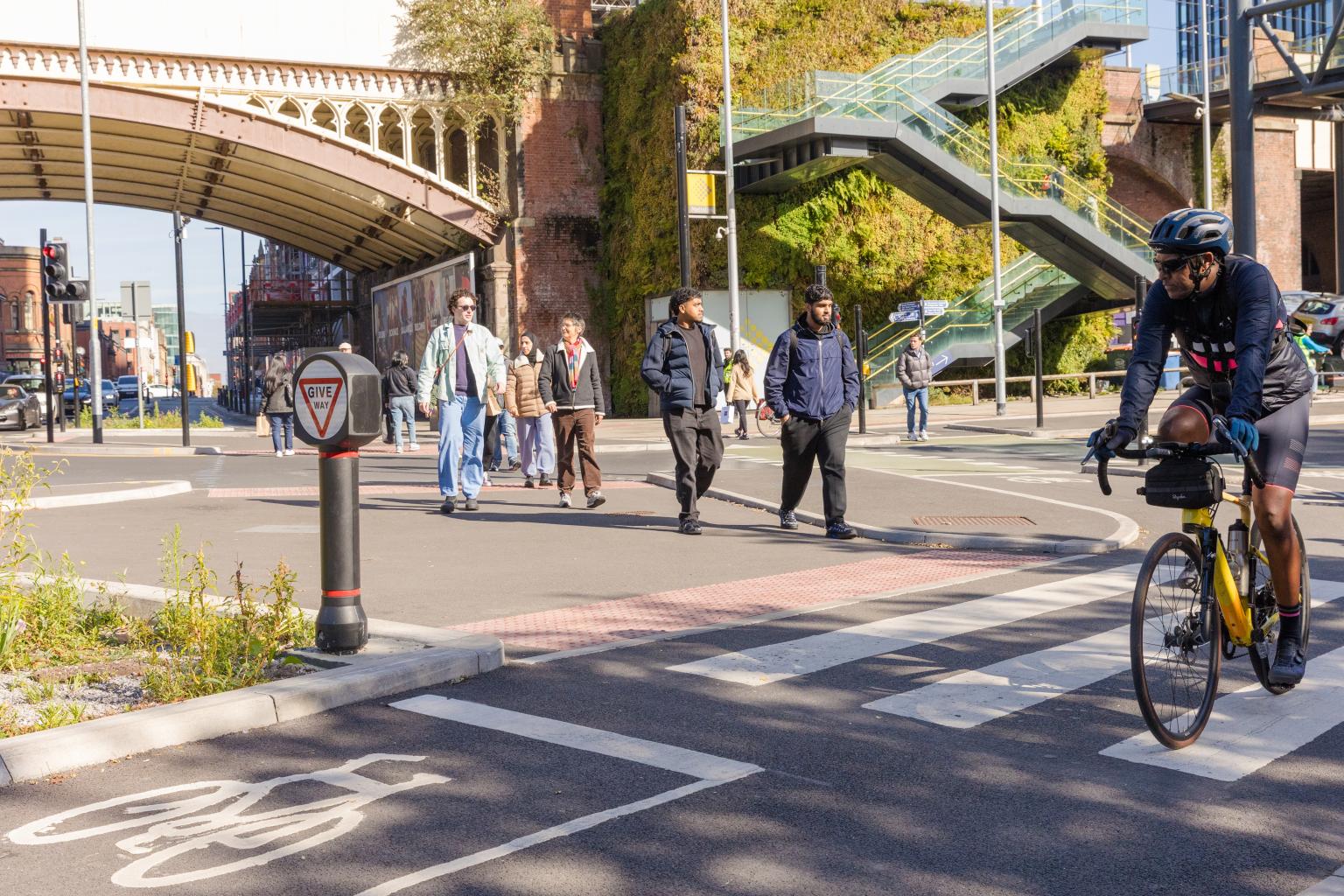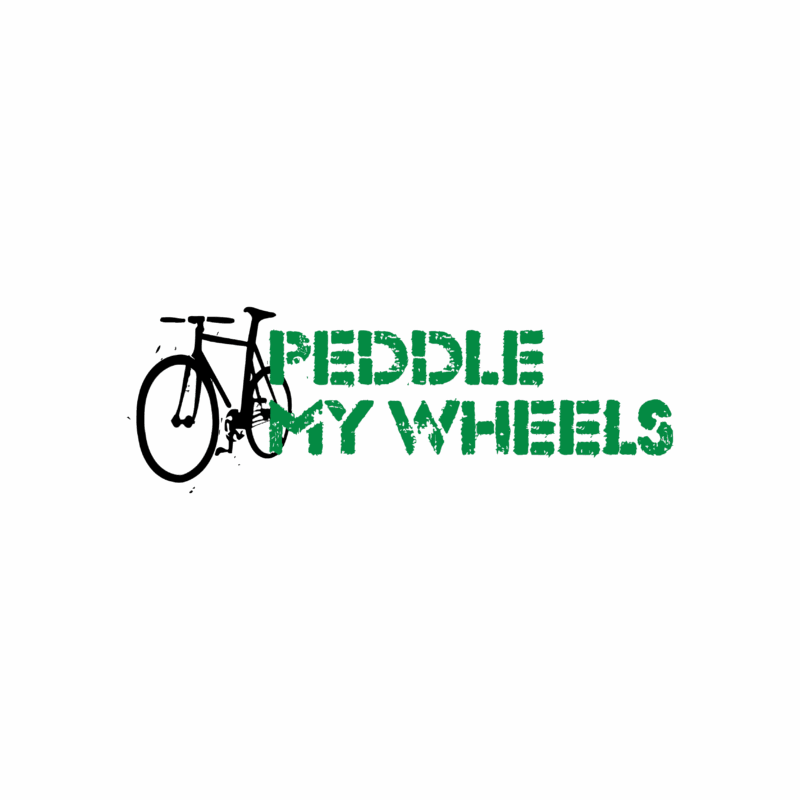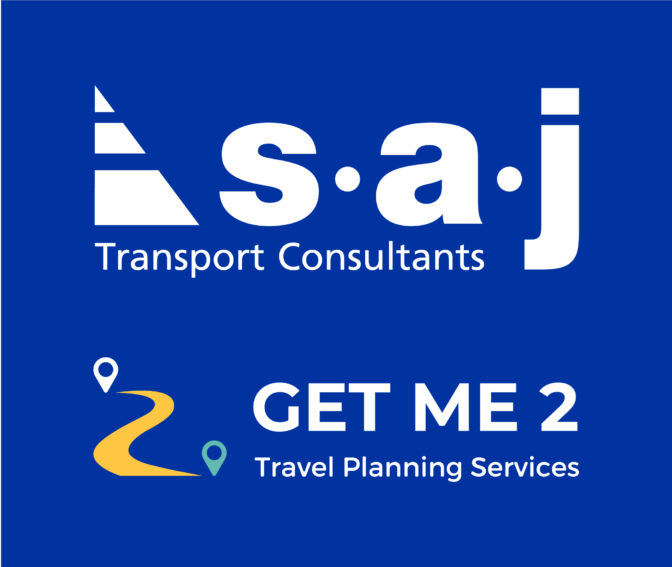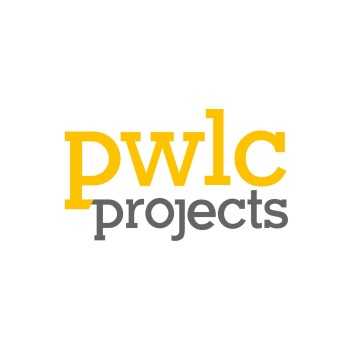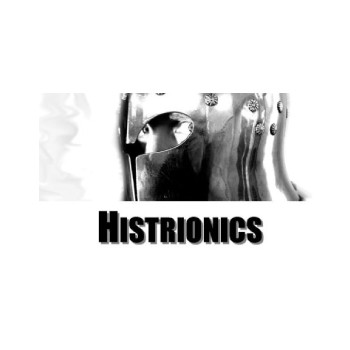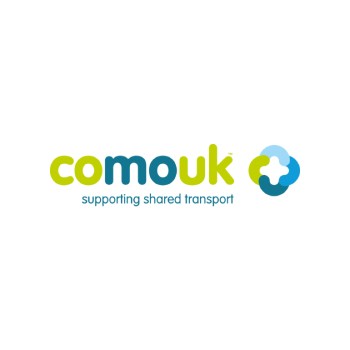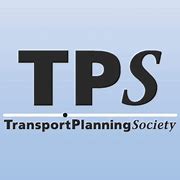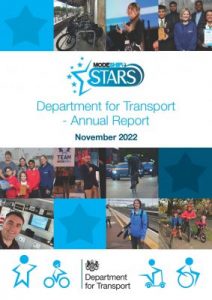
Modeshift has had an incredible year of success and growth with the expansion of the Modeshift Delivery Team, a move into programme delivery, greater levels of engagement with schools, businesses and other organisations, and unprecedented levels of accreditations across all our schemes. In this report we present the results of the Modeshift STARS programme for the 2021/22 accreditation year which runs from 1st September 2021 to 31st August 2022, including delivery across local authorities, schools and businesses.
Over two thirds of local authorities in England (excluding London boroughs and district councils), are currently participating in the Modeshift STARS Education scheme with a total of 81 local authorities out of 118. A further 46 local authorities are now signed up to operating the STARS Business scheme.
The 2021/2022 accreditation year has been a record year for approved STARS applications. 1,785 accreditation applications were approved between September 2021 and August 2022. As of the 1st September 2022, 1,554 sites across England could claim holding a current level of Modeshift STARS accreditation. Across these sites a total of 558,447 individuals (pupils and employees, excluding parents/guardians) are directly impacted by Modeshift STARS School and Workplace Travel Plans.
Focussing on our accredited schools, on average, they have seen their ‘Green’ (walk/cycle/scoot) modes of travel increase from 58.01% to 59.95%, an increase of 3.2% over the last year, meanwhile their ‘Red’ (car, car share, motorcycle) modes have seen a reduction from 27.95% to 20.71%, or 25.9% over the same period.
During 2021/22, 11,825 separate ‘travel’ and ‘supporting’ initiatives were recorded by schools in the STARS system with over 1.75-million participants taking part in those initiatives.
You can download the full report here:


